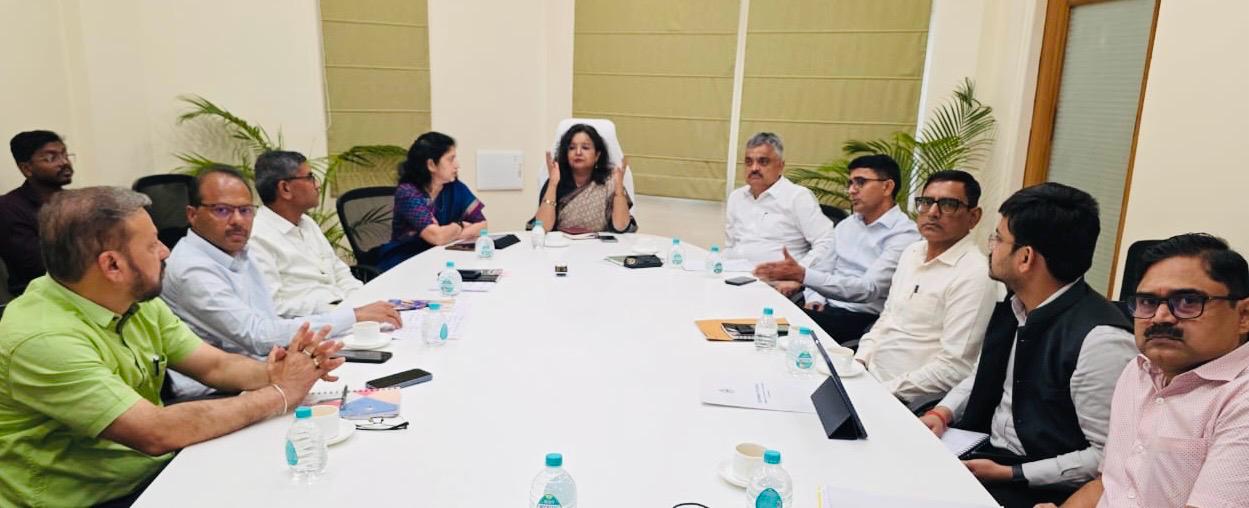Bhubaneswar: In a significant push to bolster Odisha’s railway infrastructure and connectivity, Anu Garg, Development Commissioner-cum-Additional Chief Secretary, chaired a high-level review meeting to expedite ongoing projects and resolve bottlenecks. Principal Secretary Commerce & Transport, Usha Padhee outlined the discussion points.
The meeting focused on leveraging railway development to boost tourism, empower tribal regions, and enhance industrial growth across the state. Key officials from the Commerce & Transport Department, East Coast Railway, and Tourism Department were in attendance.
A primary focus of the meeting was the Puri–Konark new line, a 32-km project valued at ₹492.12 crore. This initiative is designed to link the UNESCO World Heritage sites of the Shree Jagannath Temple in Puri and the Sun Temple in Konark.
The new corridor, which will feature four stations, aims to attract spiritual and heritage tourists while generating significant local employment, with an estimated 11 lakh man-days of work. The project also plans to integrate the One Station One Product scheme to support local artisans and vendors.
Beyond spiritual sites, the state is also prioritizing connectivity to boost other sectors. In Mayurbhanj district, three key railway projects—Bangriposi–Gorumahisani, Badampahar–Kendujhargarh, and Buramara–Chakulia—will establish a vital link between North Odisha and the western region. Similarly, the Jaleswar–Chandaneswar link is being developed to promote coastal tourism, opening up new destinations for visitors.
The meeting also highlighted progress in developing the Kalahandi-Balangir-Koraput (KBK) region. New railway lines like Gunupur–Therubali and Junagarh–Nabarangpur will provide direct access, fostering agro-based industries and eco-tourism in tribal areas. Another critical line, Malkangiri–Pandurangapuram, will connect the region to major hubs like Raipur, Vijayawada, and Hyderabad, strengthening Odisha’s role in the national supply chain and contributing to the Atmanirbhar Bharat initiative.
In Western Odisha, the Khurda Road–Balangir and Bargarh Road–Nawapara Road projects are set to improve hinterland connectivity. The latter, in particular, will benefit the rice-producing areas of Western and Southern Odisha by improving market access and reducing logistics costs.
Smt. Garg emphasized the state’s proactive role in railway development, highlighting its commitment to timely land acquisition and co-financing of key projects.
The discussion underlined the need for a coordinated approach to planning that integrates tourism, logistics, and sustainable development. Authorities are pushing for the swift resolution of all bottlenecks to accelerate project execution and ensure that these railway initiatives serve as a catalyst for economic growth, cultural preservation, and regional empowerment.


